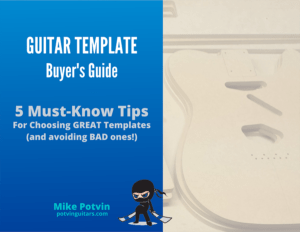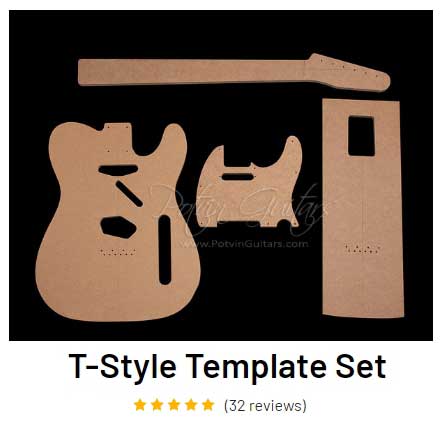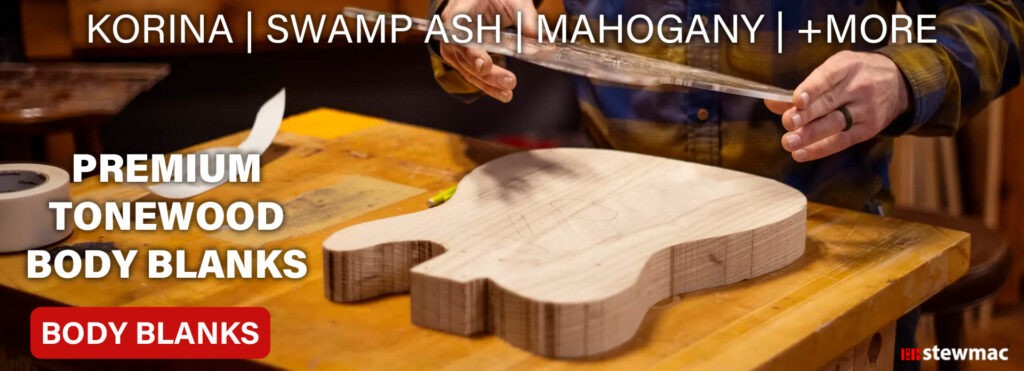This article is part of our more extensive Guitar Builders’ Glossary of Terms.
Binding
Strips of plastic, wood, etc glued to the edges of a guitar’s top, back, fretboard or headstock. Binding adds a decorative element, but also servers to protect the edges of two adjoining surfaces.
Bolt-On Neck
A bolt-on neck refers to a guitar whose neck and body remain two separate pieces that are held together with fasteners. Ironically, the most commonly used fasteners are screws. However, there are instances in which bolts are used.
Intonation
Intonating a guitar is the act of adjusting the individual string lengths so that they sound the correct note when played open and also at each fret. On an electric guitar, this is usually accomplished by adjusting the individual bridge string saddles forward or backward.
Machine Heads
Machine heads are also known as “tuning machines” or just “tuners”. Used to adjust the string tension on individual strings.
Neck-through
Neck-through refers to a method of guitar construction where the neck and the center section of the guitar body are one continuous piece of wood. “Wings” are glued onto the side of the body area to form the remainder of the body.
Nut
A nut is a piece of hard material that the strings pass over at the headstock end of the guitar. Bone is often used as the material, and shallow slots are made for each string to help fix them in place.
Scale Length
The scale length of any stringed instrument is the length of the strings that are free to vibrate. On an electric guitar, the distance from the nut to the bridge saddle is the scale length. On a properly intonated guitar, all strings are actually adjusted to different lengths to compensate for the different string thicknesses.
Set Neck
A set neck refers to a guitar whose neck and body are held together with glue.
Truss Rod
When a guitar is tuned to pitch, the strings are essentially trying to pull the headstock forward (like a bow and arrow). A truss rod is installed in the neck under the fretboard. It can be adjusted to compensate for this pulling action and keep the neck straight.
Veneer
In woodworking, veneer refers to thin sheets of wood usually less than 1/8″ (3mm) in thickness. Veneers are often made from figured woods and glued to the surface of more plain-looking wood. Guitars often have veneers glued to the face of a headstock.
Volute
A volute is a design element of some guitars, located on the back of the neck behind the nut. Not all guitars have volutes. Volutes can be decorative in nature, but also serve to add some strength to the neck/headstock transition area.
Keep reading:

Mike Potvin
Chief Sawdust Officer
Don’t Take Chances
Learn the secrets to choosing great templates
Yes! Alert me when new Guitar Templates & Jigs are released



